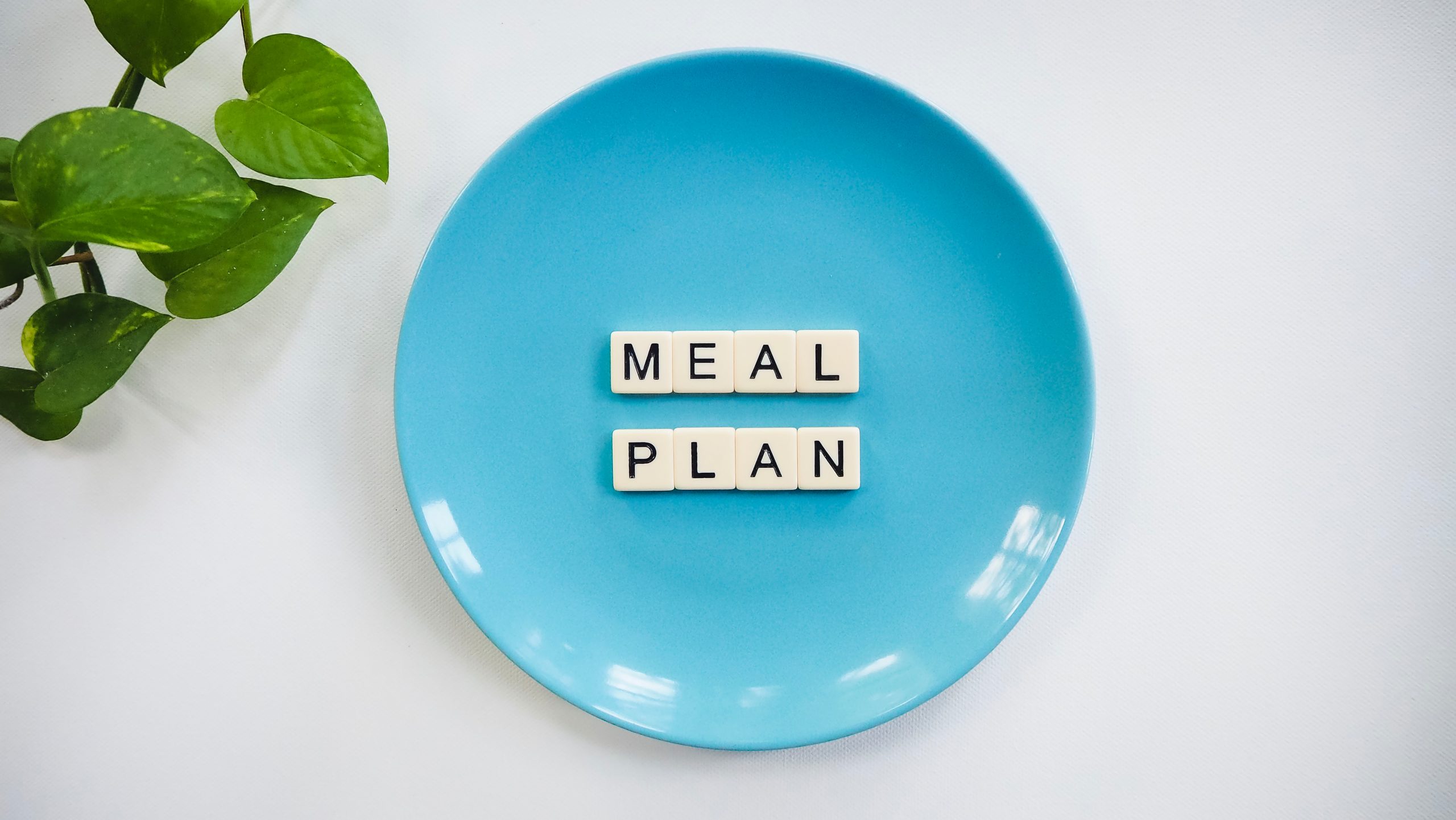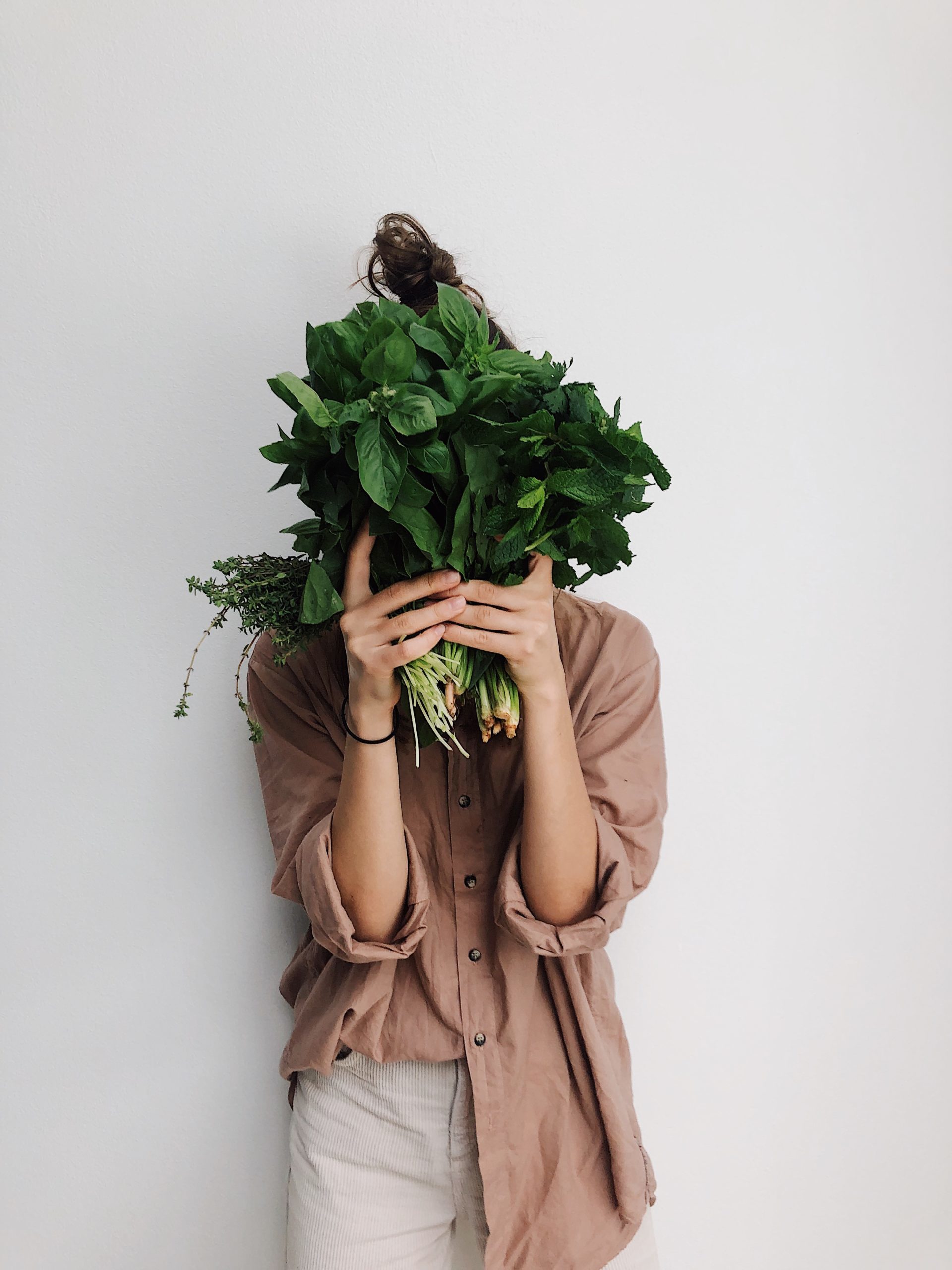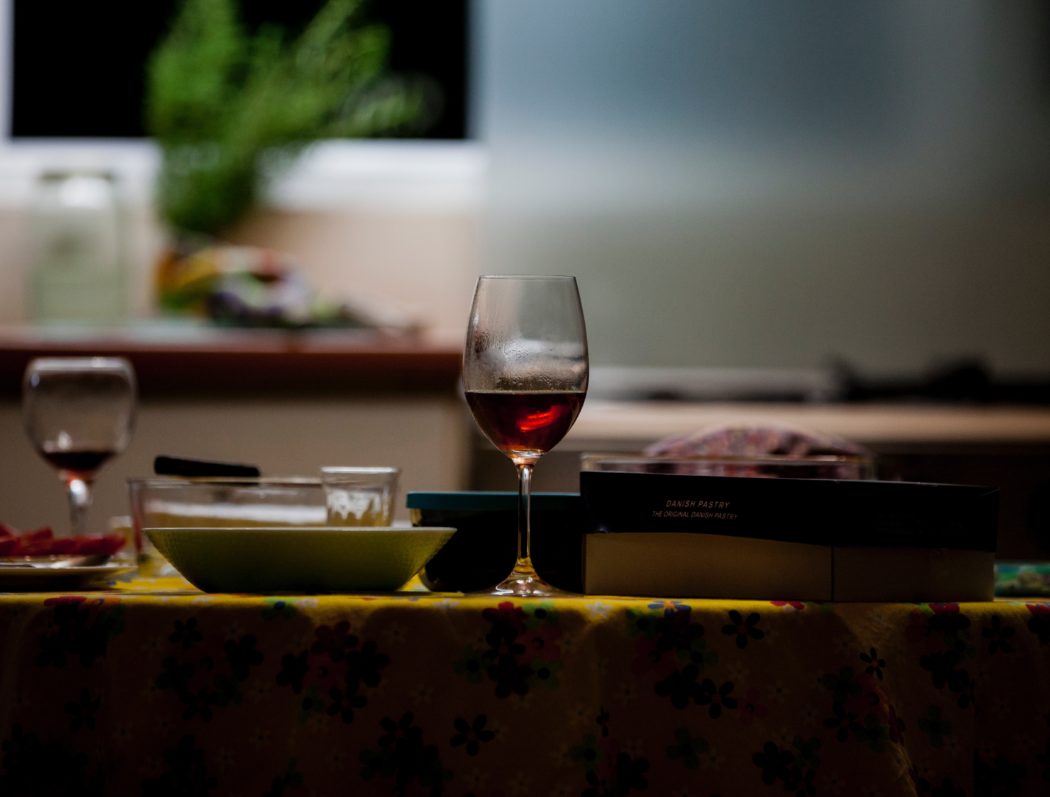The media has always promoted weight-loss and the latest diets, and now social media provides a platform for the health industry to constantly expose us to marketing of diets and “health” products. As strict eating and exercise routines are normalised, body shame and eating disorders are developing.
Orthorexia? Many of us have never heard of it. But Orthorexia Nervosa is an eating disorder that involves an unhealthy obsession with eating healthy, and it is thriving in the age of health, diet culture and social media.
A person who suffers from orthorexia obsesses over defining and maintaining the “perfect diet,” and fixates or avoids particular foods, such as sugar or carbohydrates. The condition involves strict food avoidance, sometimes to the point that a person will consume fewer than 10 foods per day.
Some people with orthorexia avoid many foods, including fat, sugar, salt, animal or dairy products; certain ingredients they deem unhealthy. Alternatively, they may strictly eat only ‘fats’ (keto), paleo, ‘raw or uncooked’ products. If a person with orthorexia believes ‘fat’ is the evil ingredient that must be excluded, they will strictly adhere to this rule. If paleo is the ideal diet, they will follow it religiously. What begins as healthy eating leads to inflexible food planning, studying ingredient lists and rules, and evolves into a serious risk to health.

While going ‘paleo’ or ‘keto’ mightn’t sound so bad, and the more we come to understand orthorexia and associated behaviours, the more concerning it becomes. Most of us want to pursue a healthy, nutritious and balanced diet and everywhere we look there is the promise of a new perfect diet – a solution to attaining perfect health. This captures the two biggest difficulties to prevention and treatment of orthorexia in today’s society: identification and responding to the force of diet culture.
How do we tell when someone is suffering orthorexia?
One problem is differentiating between orthorexia and regular healthy eating. Not only is it difficult to diagnose, but it is difficult for people to notice or negatively perceive it in the first place, as there is no clear “point” at which to identify when healthy eating becomes restrictive.
In our current culture, cutting out certain food groups like sugar or fat is commended. We are encouraging of friends and family making positive changes to their diet and exercise routines. Making healthy changes to diet can be beneficial and even life saving. What’s the harm?
Friends, colleagues or family members are always starting a “great new diet,” they are “fasting until midday,” or have “quit sugar.” This is often followed by, “I’ve never felt better!” Who are we to tell them it’s wrong when cutting out certain foods is the norm? Following a popular diet or being vegan does not mean a person needs orthorexia treatment, but as eating disorder specialist’s Timerline Knolls warn, “if you see common warning signs and symptoms associated with dangerous eating patterns, it may be time to step in.”
Fuelled by diet culture, a person suffering orthorexia’s focus on health is what makes it so dangerous. Orthorexia has the same obsessive quality of other eating disorders but it goes unchecked because a person suffering may not be “thin” as a result of their disordered eating patterns. Comparing anorexia and orthorexia, a person suffering anorexia is likely to adhere to strict rules around weight and how much they eat, and a person with orthorexia has rules about what they can and cannot eat. Melbourne based Accredited Dietitian Lauren Kelly says, “if I sat down with a person with orthorexia and they told me what they have been eating, I would be concerned, as they’re not eating what they usually would.”
It was not until the late 90’s that orthorexia was defined and there is still no official diagnosis. But to help distinguish between healthy eating and orthorexia, Bratman and Dunn recently proposed a two-part diagnostic criteria. Firstly, there is an obsessive focus on healthy eating that involves emotional distress around food choice. This can cause compulsive behaviours, preoccupation with dietary choices, anxiety or even shame when dietary rules are broken. Severe restrictions often escalate over time; a diet might become so strict as to eliminate entire foods groups or a juice cleanse might develop into an addiction to ‘cleanses’ or ‘fasts.’

It is sobering to remember the two planes of thought that might be operating when a friend or family member is on a new diet. We might see the person eating healthy, losing weight and hear them speak positively about their new and improved life. What we might not see is the studying of labels and measuring out of ingredients. And what we cannot see is the mental health struggles, negative thoughts and consuming preoccupation that a person with orthorexia is experiencing inside.
This disruption to daily life is the second aspect of the diagnostic criteria. Not only does orthorexia pose medical risks such as malnutrition and complications like hormonal imbalance and bone health linked to eating disorders, but it intrudes on how a person lives their life. A person suffering orthorexia will not live a freely. They will often be engulfed by personal distress and low self-worth, leading them to become socially isolated.
Diet Culture and Social Media

Perhaps the biggest concern is how to mitigate against eating disorders like orthorexia operating in a world of diet culture. When we open Instagram, we are saturated by hundreds of accounts and images of celebrities and influencers showing us the new diet they are following. Understanding orthorexia is difficult without a clear diagnosis or wide recognition in society. But if you speak to any dietitian or nutritionist, they probably know all about it.
Lauren Kelly’s biggest concern is social media. Kelly states that the dietetics industry never used to see it as a problem, but have now realised how prevalent diet culture is, “imagine a 16-17 year old watching everything an influencer or celebrity is doing and eating on social media.” With the force of diet culture it is hard to imagine issues with comparison and body image ever go away.
A confronting discovery reveals a higher prevalence of orthorexia in dietitians, nutrition students, exercise science students and yoga instructors. But well-known diet culture expert, and Accredited Dietitian, Christy Harrison is well aware of this problem, saying that the increase in “oppressive diet culture” and “healthism,” provide fertile ground for orthorexia tendencies to form, and it is driven by the health industry, including accredited nutritionists.
The link between social media and negative effects on body image, social comparison and disordered eating is categorical. Instagram is flooded with food sharing, slim waists, big bums and clothes that seem to drape perfectly on figures we are told to envy. Sounds like a perfect storm for impressionable young people, particularly young women. It is no wonder that a 2017 German study found Instagram use is directly linked to symptoms of orthorexia nervosa.

Instagram and the diet industry tell us that if we eat, exercise, look and live a certain way we will be our “best self.” We forget about the selective exposure of images and messages on Instagram, that constantly reinforce the same ideas and images. Influencers are paid to endorse certain clothing and food labels, who further profit from diet culture.
It is easy to feel a little hopeless about the combined impact of the health industry and social media, especially on young women, but there are many positives. The “health at every size” movement is growing among dietitians, nutritionists and celebrities, including models with a lot of Instagram influence. Diet culture remains a force to be reckoned with but powerful movements around body positivity, wellness, self-care, mental health and feminism are fighting back.




